Energy systems
This research line focuses on the study, proposal and experimental and / or numerical verification of energy components and systems that present improvements in environmental, energy efficiency or economic impact with respect to the current state of technology. The research group has experience in projects in various topics, such as: thermal energy storage, absorption cooling, thermal solar collectors, life cycle analysis, distributed energy and energy audits in industry and buildings. The software we use includes a wide range of tools, ranging from 0-D tools for the study of energy systems such as EES, TRNSYS or Energy Plus to tools for detailed component analysis in 2-D or 3 -D, such as Comsol Multiphysics or CREO
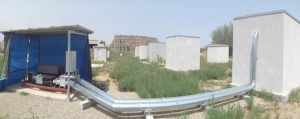
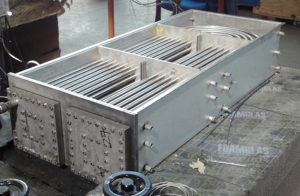
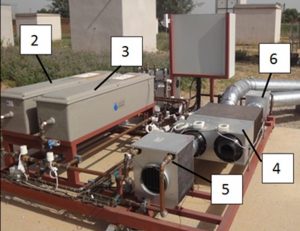
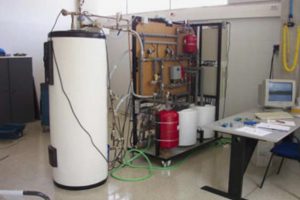
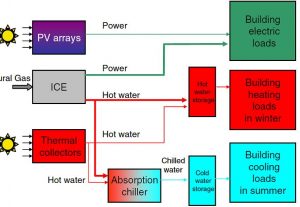
Currently the active lines of the group are the following:
- Development of mathematical models, potential maps and prototypes of radiative cooling devices and study of their technical feasibility.
- Study and development of next generation of renewable energy technologies based on high concentration solar systems.
- Development and spin-off creation of innovative solutions for advanced cooling of high heat flux in the field of microelectronic applications.
- Optimization of energy efficiency in buildings and industry with passive and active measures, such as: thermal insulation, thermal energy storage, renewable production of cold and heat, etc.
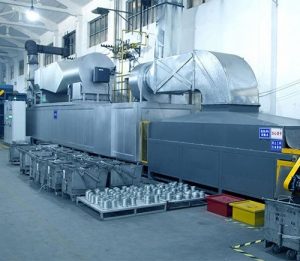
DEVELOPMENT AND EVALUATION OF A RADIATIVE COOLING AND SOLAR HEATING SYSTEM FOR COMBINED HEAT AND COLD PRODUCTION – RAD-CHC
Project RTI2018-097669-A-I00 funded by:

In the present project a new equipment, the Radiative Collector and Emitter (RCE), able to collect solar energy to produce heat and also able to produce cold by means of night radiative cooling will be developed and analysed. The project will prove the viability of the equipment and will determine its potential to produce cold and heat to be implemented in both buildings and industry. For such purpose, a new adaptive cover, capable to manage radiation with different wavelengths to allow solar collection during the day and radiative cooling during the night will be developed. The main innovation of the project is the development and demonstration of the new RCE equipment, since there exists no study that combines both capacities in a single equipment and the concept has not been proved. The behaviour of the new equipment will be experimentally tested and characterized and validated numerical models will be developed to simulate the equipment. By means of these models the effect of different improvements and optimizations in both the equipment and the whole system will be analysed. Afterwards, the capacity of the system to cover the cold and heat requirements for different applications previously selected will be determined, as well as new suitable applications will be identified. Finally, the technical, economic, and life cycle viability of the system will be studied.
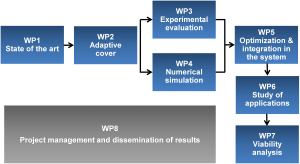
The benefits of the project are: (1) high scientific impact, developing a new equipment and opening a new research field; (2) high socioeconomic impact, contributing to fulfil the international environmental agreements, reducing the energy dependency of third countries, fostering the local industry, and creating new jobs.
Research team:
- Albert Castell
- Marc Medrano
- Ingrid Martorell
- Cristian Solé
- Lídia Rincón
- Andrea Salandin
- Sergi Vall
- Roger Vilà
- Ariadna Carrobé